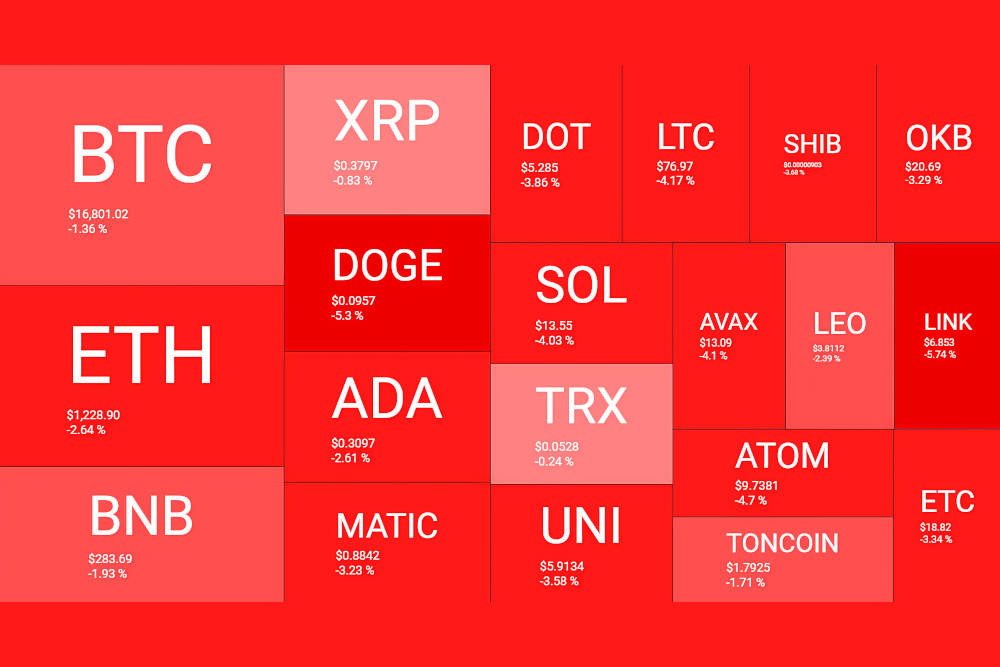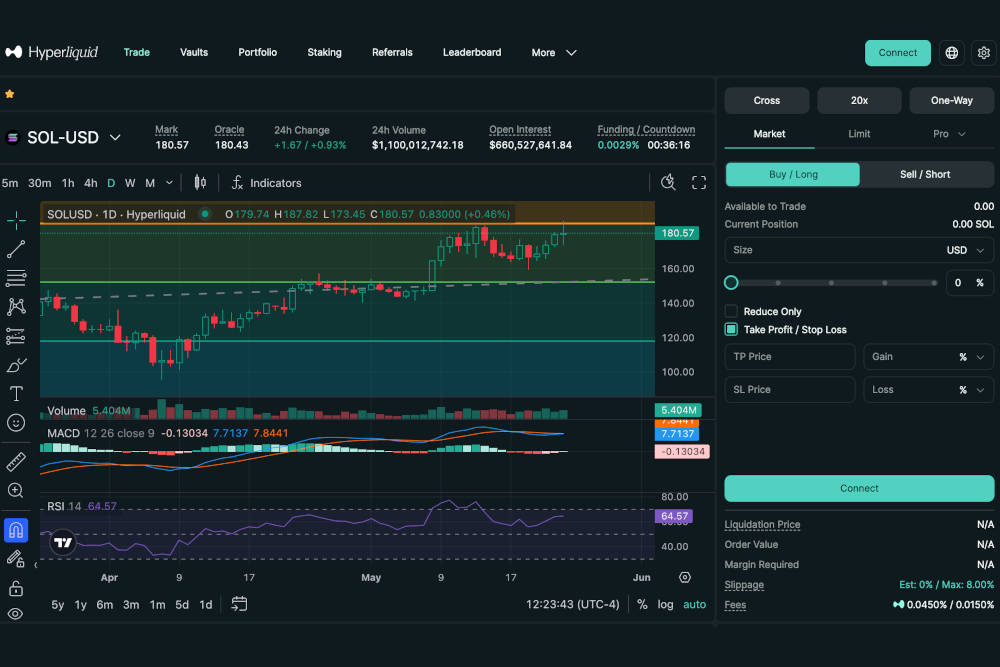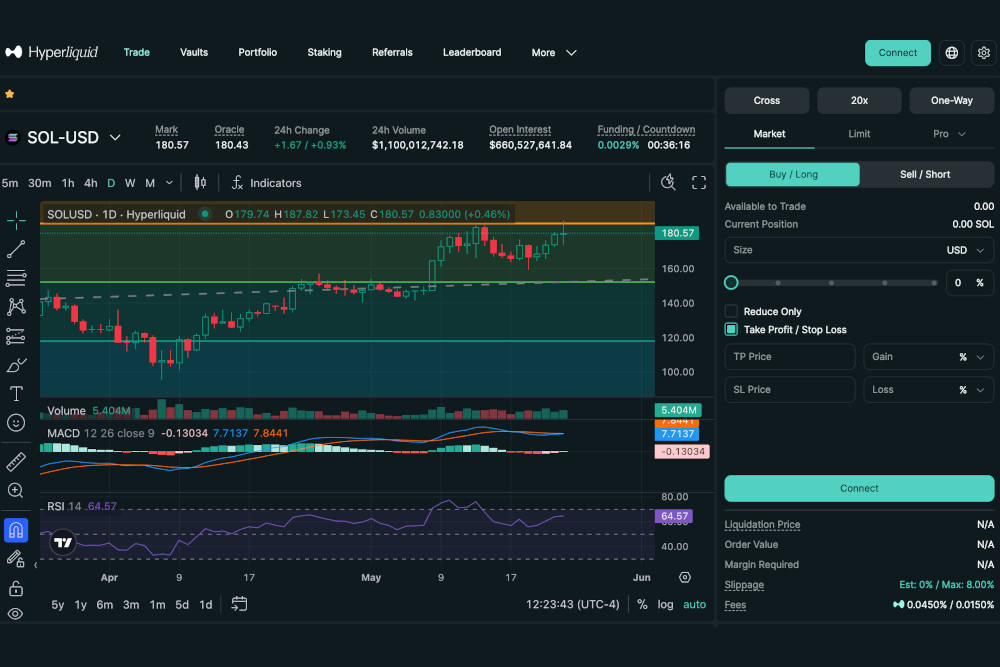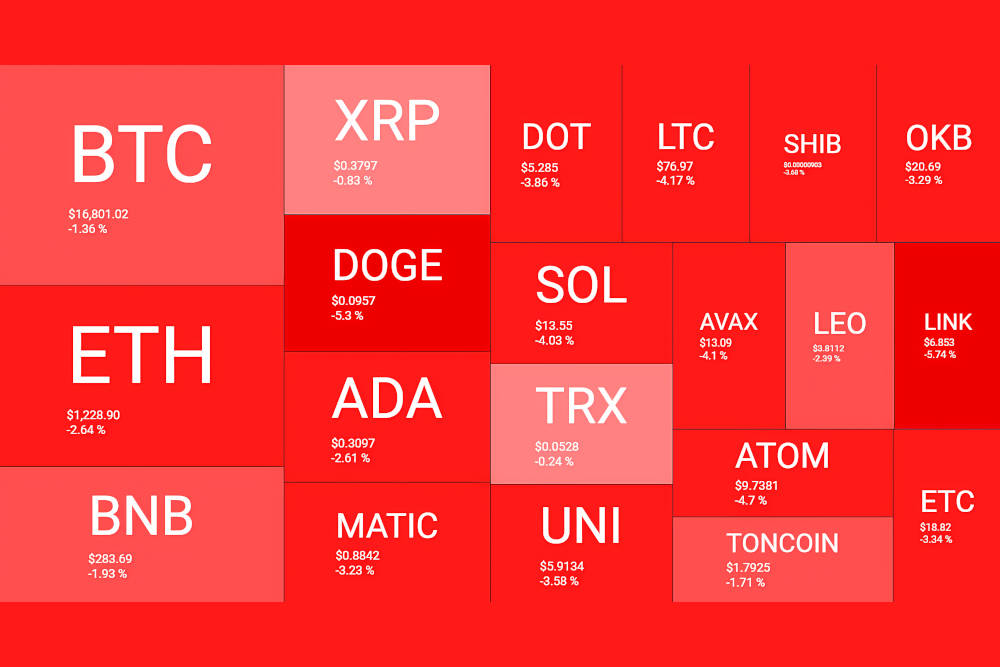
It’s impossible to predict with certainty whether a crash like the 2021–22 collapse will occur, but many analysts believe the probability is non-trivial. Whether it happens “next year” depends on how a mix of macro, market, and crypto-specific risk factors play out. Here’s a reasoned assessment of the risks, counter-forces, and scenarios:
Panaprium is independent and reader supported. If you buy something through our link, we may earn a commission. If you can, please support us on a monthly basis. It takes less than a minute to set up, and you will be making a big impact every single month. Thank you!
Key factors that could trigger a crash
These are some of the major risk drivers that, if they worsen, could lead to a significant drawdown:
| Risk Factor | Mechanism of Damage | Current Warning Signs |
|---|---|---|
| Monetary tightening / central banks | If inflation stays sticky, central banks (especially the U.S. Fed) may resume rate hikes or delay cuts. That raises discount rates and makes risk assets (like crypto) less attractive. | Inflation remains elevated in many places; central banks are still cautious. |
| Liquidity withdrawal / tighter credit markets | If lending standards tighten, lenders reduce risk exposure, margin calls rise, and forced liquidations cascade. | Some signs of stress in credit markets; increasing yields on government debt. |
| Regulatory or policy shocks | New laws, crackdowns, or bans targeting crypto/DeFi could spook investors and force deleveraging. | Regulatory debates in the U.S., Europe, China, etc., are ongoing and unsettled. |
| Crypto-specific failures | Collapse of a major stablecoin, big protocol exploit, insolvency of large institutions (exchanges, hedge funds) could cause contagion. | Past episodes (e.g. Terra, FTX) show how fragile confidence can be. |
| Correlation to equities / macro risk | Bitcoin and crypto are increasingly correlated to tech stocks and “risk assets.” A sharp equity selloff could drag crypto down. | Markets are volatile; economic growth seems patchy in many regions. |
Counterforces that could delay or soften a crash
These are factors that might reduce the odds or severity of a crash:
-
Institutional adoption & deeper infrastructure: More institutional capital, regulated products (ETFs, custody), and improved systems may stabilize downside volatility.
-
Better liquidity mechanics: As markets mature, larger order books, better market makers, and more robust protocols can reduce “flash crash” risk.
-
Pro-crypto sentiment / policy tailwinds: Favorable regulation or supportive announcements (e.g. clearer rules, central banks experimenting with CBDCs) could bolster investor confidence.
-
Delayed cyclical timing: Some analysts argue the traditional 4-year crypto “cycle” is stretching out, meaning the next major correction may come later than in past cycles. (CryptoPotato)
-
Halving “shock” dynamics: The reduction in new supply after a Bitcoin halving tends to support upward pressure (though this effect can be delayed or dampened by macro headwinds).
What analysts are currently saying
-
Some believe that the next major downturn might come around 2026 rather than 2025, based on macro cycles and increasing complexity in markets. (BeInCrypto)
-
Some models warn that entering the “third year” after a halving historically sees outsized downside risk. (Seeking Alpha)
-
Others are more bullish in the near term (2025) but see 2026 as a likely “pause” or correction year. (Barron's)
Thus, while a crash is not guaranteed next year, many see 2026 (or the window around it) as a higher-risk period for a major correction.
My reasoned “scenarios” and probability sketch
Here are a few plausible scenarios:
-
Base case (moderate drawdown but not a crash): A 20–40 % decline in crypto during 2025 or 2026, triggered by modest central bank moves or regulatory shocks.
-
Bear scenario (crash): A 50–70 % drop, triggered by cascading failures in lending, a major stablecoin collapse, or abrupt tightening.
-
Bull extension: The rally continues into 2026–2027 before major correction, backed by institutional inflows, favorable regulation, and strong narrative.
Given current conditions, I’d estimate a moderate crash / deep correction has perhaps a 25–40 % chance over the next 12–24 months; a full-blown crash (like 2021–22 scale) is less likely in the next year but becomes more plausible toward 2026.
Was this article helpful to you? Please tell us what you liked or didn't like in the comments below.
Disclaimer: The above content is for informational and educational purposes only and does not constitute financial or investment advice. Always do your own research and consider consulting with a licensed financial advisor or accountant before making any financial decisions. Panaprium does not guarantee, vouch for or necessarily endorse any of the above content, nor is responsible for it in any manner whatsoever. Any opinions expressed here are based on personal experiences and should not be viewed as an endorsement or guarantee of specific outcomes. Investing and financial decisions carry risks, and you should be aware of these before proceeding.
About the Author: Alex Assoune
What We're Up Against
Multinational corporations overproducing cheap products in the poorest countries.
Huge factories with sweatshop-like conditions underpaying workers.
Media conglomerates promoting unethical, unsustainable products.
Bad actors encouraging overconsumption through oblivious behavior.
- - - -
Thankfully, we've got our supporters, including you.
Panaprium is funded by readers like you who want to join us in our mission to make the world entirely sustainable.
If you can, please support us on a monthly basis. It takes less than a minute to set up, and you will be making a big impact every single month. Thank you.

































0 comments